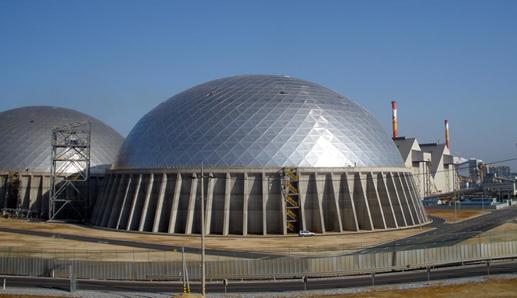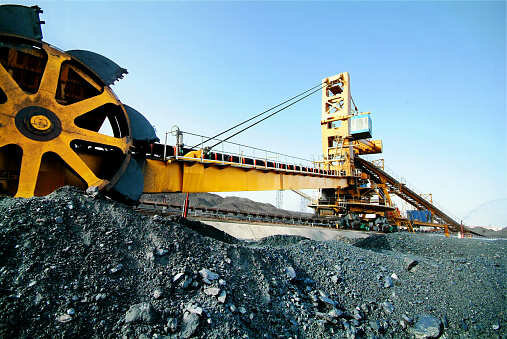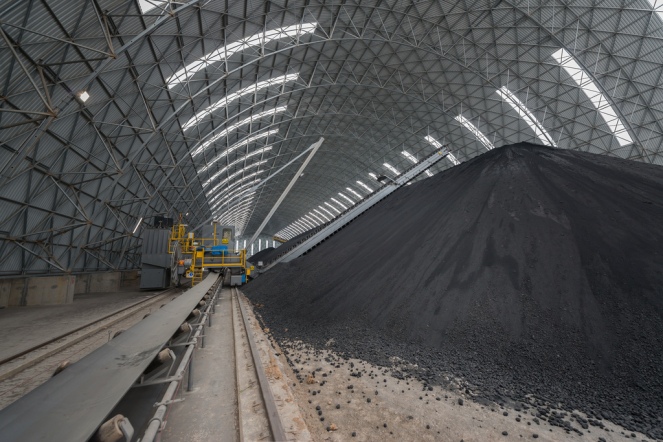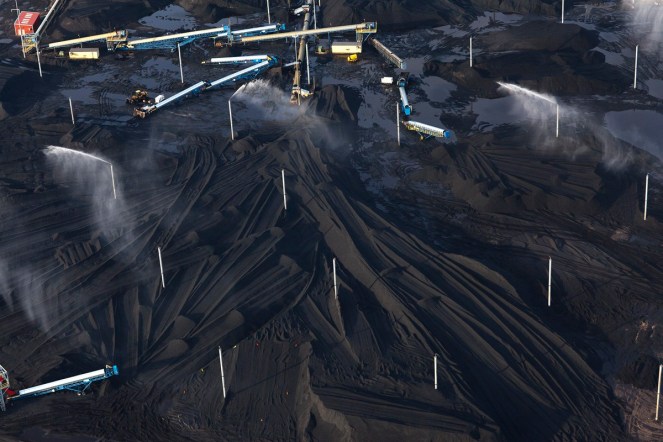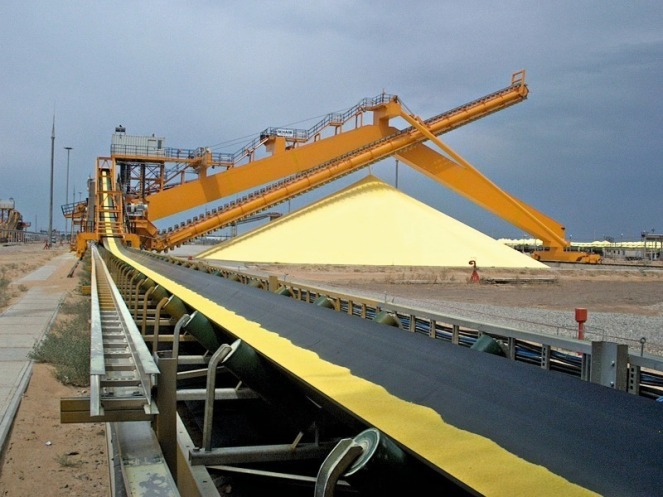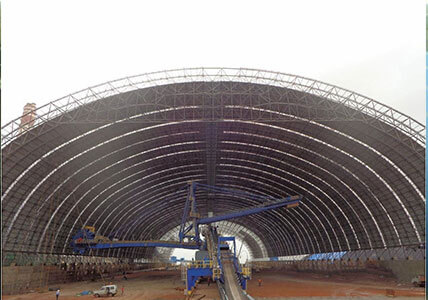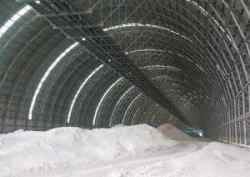Limestone is the major raw material in cement plants. The limestone most suitable for cement production must have some ingredients in specified quantities like calcium carbonates, silica, alumina, and iron etc. Cement plants must insure their product has consistent properties over time, but most limestone quarries produce materials of varying chemical composition. To obtain consistent quality in the final product, quarried raw materials must be blended before being fed into the kiln, but if done in the open, blending limestone may produce large amount of dust.
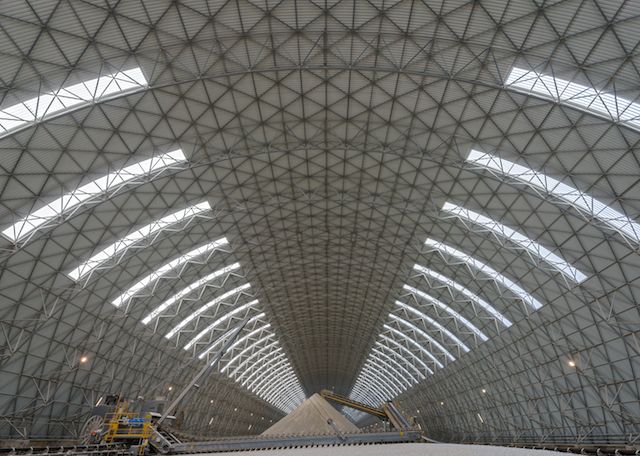
Limestone Dome:
For cement production, limestone is first reduced in size by processing through a series of crushers and grinders. This fine powered form of limestone is then mixed with some mineral aggregates (siliceous, aluminous and ferrous material) and water in high temperature kiln to form clinker. After cooling the clinker will be stored in clinker dome. The nodules of cement clinker are then ground to the consistency of face powder to produce powered cement.
- Quick and Facilitating: Material handling of Limestone is based on numerous processes like loading, unloading, transportation, storing and feeding. In cement production industry, these numerous process stages may be in different locations, and each may have different feed conditions. Processing system will perform precisely only when there is a proper set up for material storage and handling. Limestone storage provides opportunity to get an efficient set up for material storage and handling process to utilize maximum space and also helpful for labor to have convenience in almost all operational works. All such facilities under single dome not only make the cement plant operation handy & hasty but also maintain energy efficiency level.
- Flexible: Flexibility of limestone dome can be seen by its capability to cater maximum space for storing limestone and how versatile it is with additional storage of various additive used in cement production. These domes not only covers a large span to facilitate storage of various additives under the same shed but also its future development can also be done if more space is needed.
About Hindustan Alcox Limited:
We at Hindustan Alcox Limited, one of the leading limestone dome and bulk storage manufacturers use the combination of geodesic domes and latest technology to make dome structure more functionally suitable and highly versatile in installation/re-installation as well as in maintenance. What can Hindustan Alcox do for you? If you would like more information, please fill our inquiry form.

